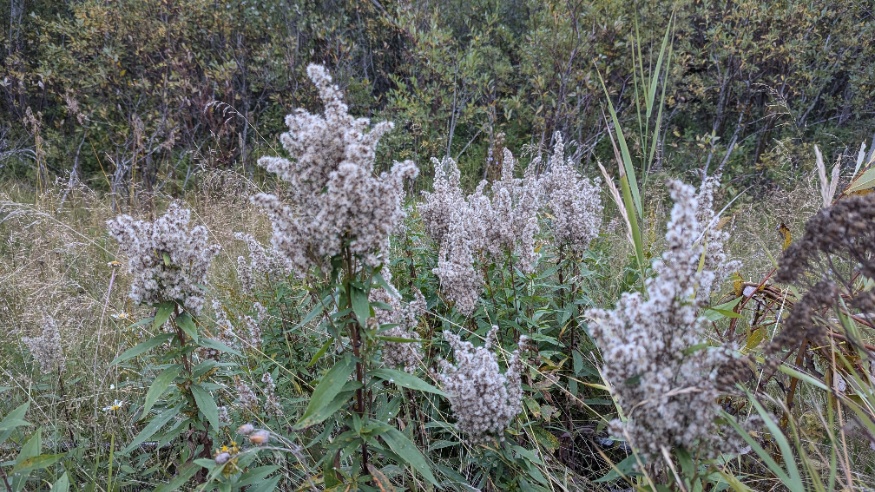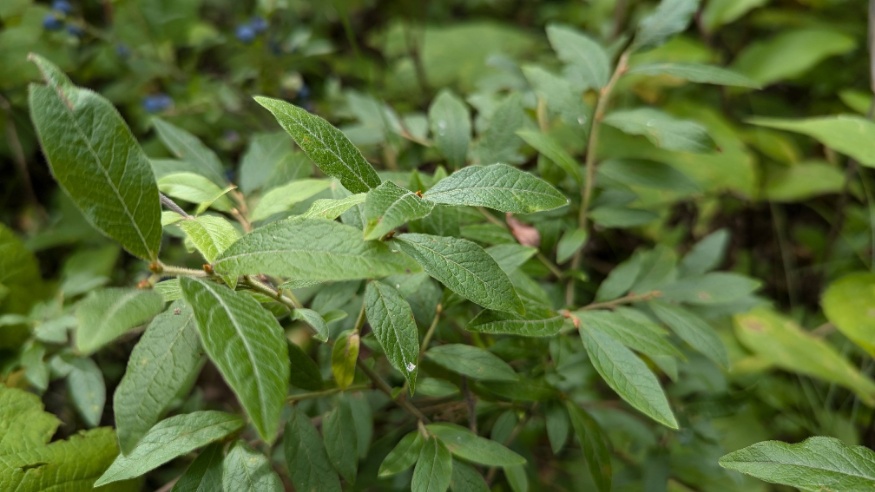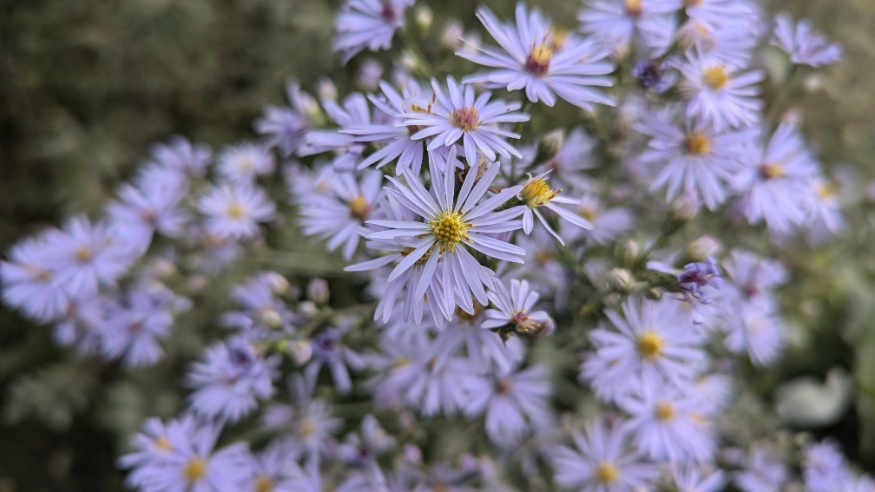Gray Dogwood
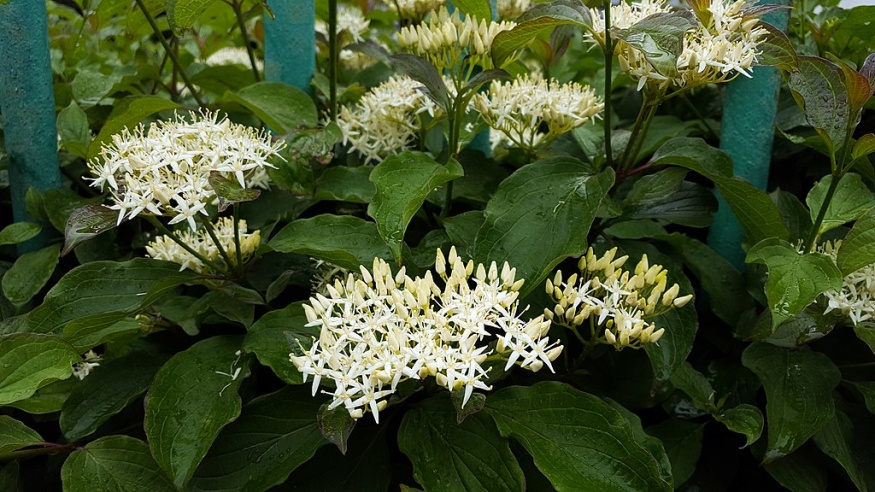
Other Names: grey-stemmed dogwod, panicked dogwood
Other Botanical Names: Cornus foemina ssp. racemosa
Family: Cornaceae Native to: Eastern North America, Interior North America
Hardy to zone: 3
Eco benefits: attracts pollinators, attracts birds
Natural habitat: barren or disturbed ground, waters edge, floodplains, forest edge
Shapes: round, irregular, multi-stemmed, clump
Height: 4-10ft
width: 4-10ft
Growth rate: slow
Unique attractions: fall colour, flowers, fruit
Tolerances: air pollution, pest & desease, deer resistant
Common uses: specimen, naturalized plantings, rain garden
Light: full sun, partial shade
Soil: moist and fertile, well drained, tolerates heavy clay, alkaline ph, dry, wet
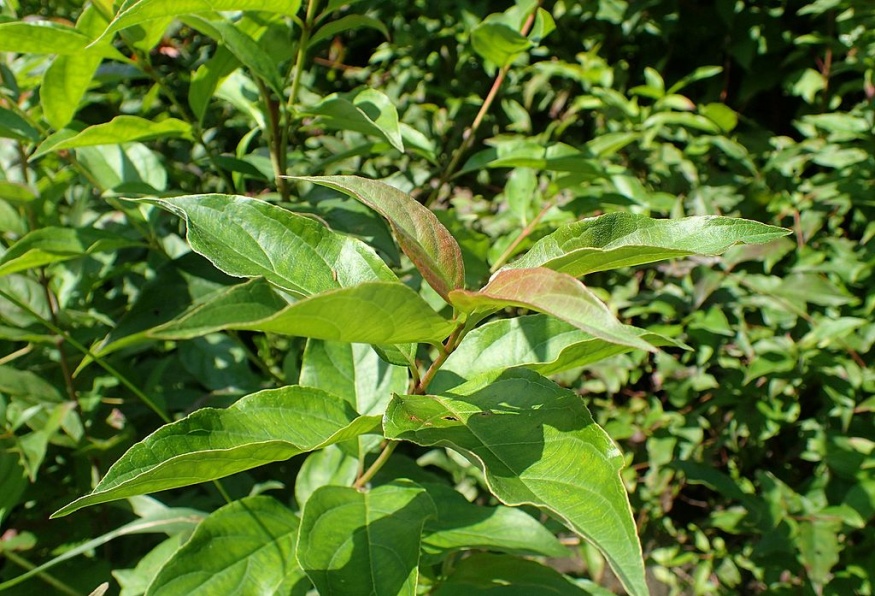
Gray dogwood is a shrub to small tree native to eastern and mid western North America. As a bushy shrub, it spreads by rhizomes, usually growing 4 to 10 feet in height but can reach up to almost 30 feet. It can be found near ponds and stream banks, in wet areas, or open woods with full to moderate sun exposure. Gray dogwood does well in border, mass or naturalized plantings due to its attractive flowers, fruit, and fall colour.
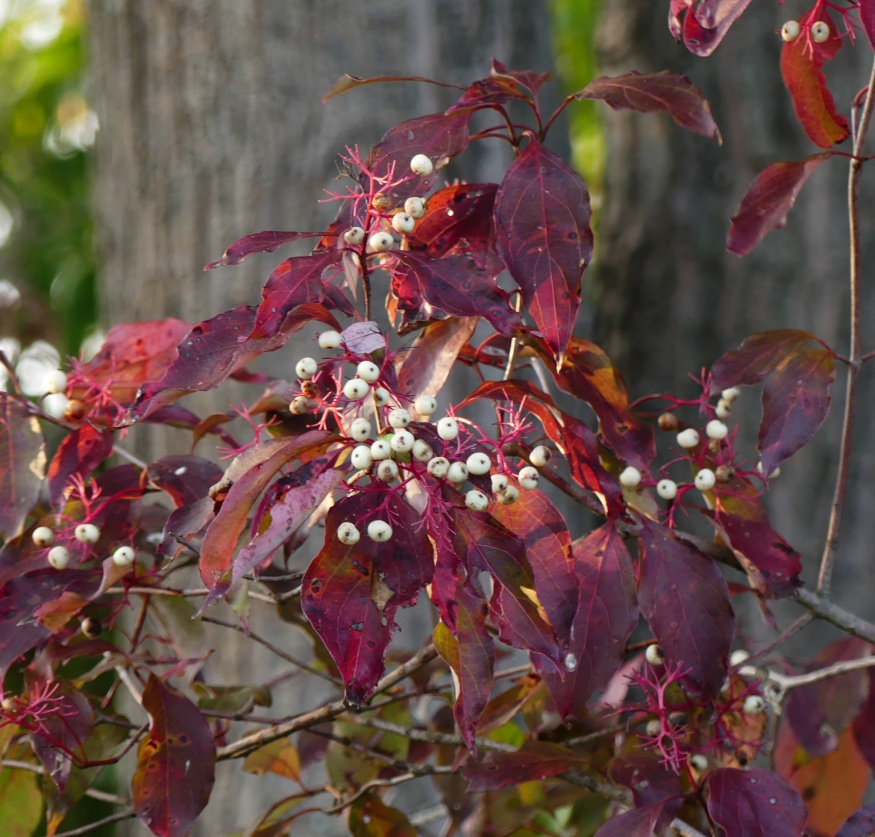
Dense mounds of branches often form thickets with younger stems reddish and older stems grayish brown. The leaves are Grayish green, elliptic to lance in shape and are important forage for white tailed deer. From May to July, clusters of Showy flowers in open cymes or racemes (hence the name racemosa) appear, reproducing both sexually and asexually. Clusters of white berries mature from August to October and are favorite by many bird species.
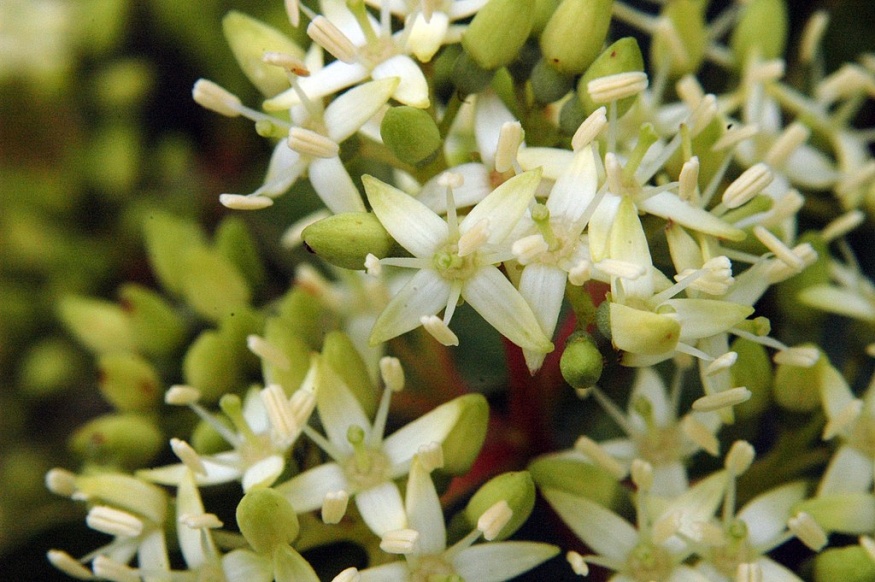
Gray dogwood has good pest and disease resistance, is tolerant of air pollution, and tolerant of a wide range of soil conditions. This combined with beautiful fall colour, fruit, and flowers make it a great choice as a border, mass, or specimen accent painting in natural landscapes.
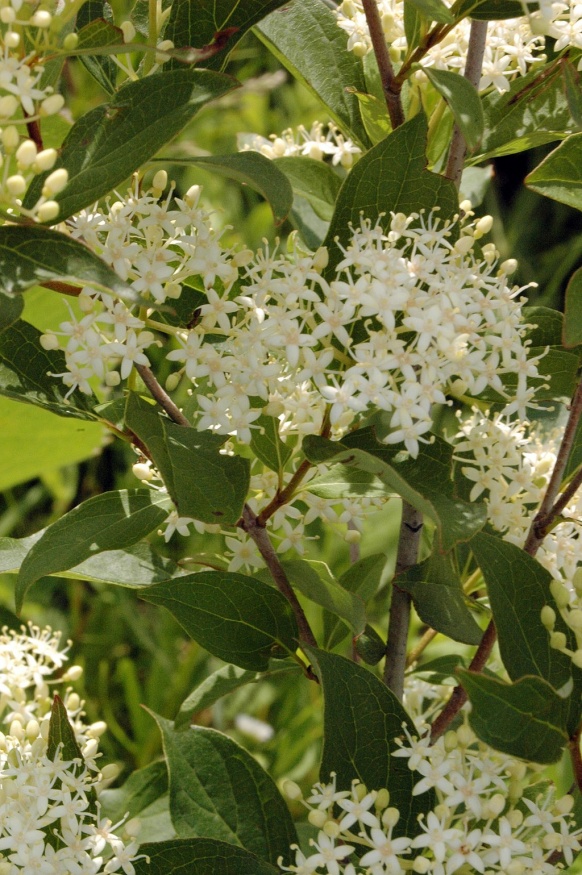
References
Arbor Day Foundation. (n.d.). Gray Dogwood. Retrieved from https://www.arborday.org/trees/treeguide/TreeDetail.cfm?ItemID=829
Missouri Botanical Garden. (n.d.). Cornus racemosa. Retrieved from https://www.missouribotanicalgarden.org/PlantFinder/PlantFinderDetails.aspx?taxonid=279351&isprofile=1&basic=Cornus%20racemosa
Natural Resources Conservation Service. (n.d.). Cornus racemosa Lam. Retrieved from https://plants.usda.gov/core/profile?symbol=cora6
The Morton Arboretum. (n.d.). Gray dogwood. Retrieved from https://www.mortonarb.org/trees-plants/tree-plant-descriptions/gray-dogwood
